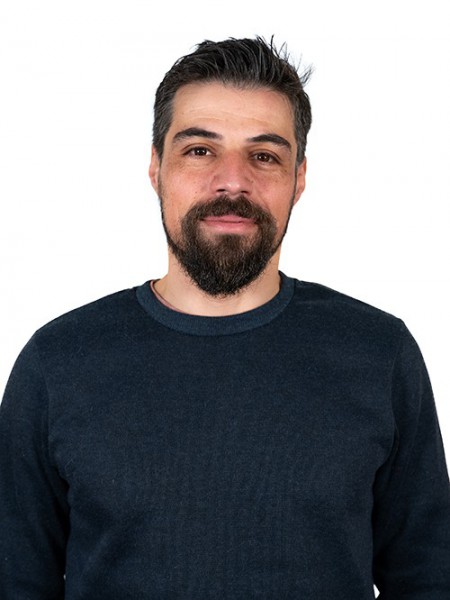abstract
In medical applications such as drug delivery, gene transfection and imaging the formation of systems with well-defined sizes and shapes are of significant interest. For this reason the design of dendrimers with modulated size, shape, branching length/density, and their surface functionality, clearly distinguishes these structures as unique and optimum carriers for medical applications. The bioactive agents may be encapsulated into the interior of the dendrimers or chemically attached/physically adsorbed onto the dendrimer surface, with the option of tailoring the carrier to the specific needs of the active material and its therapeutic applications. In this regard one area with growing attention is photodynamic therapy (PDT) where a photosensitizer combined with light and molecular oxygen can easily cause irreversible damage to the target tissue. Nevertheless most of the photosensitizers have solubility issues when attempts are made to dissolve them in aqueous environments, hampering in most cases their medical applicability. Currently, investigations are running towards the combination of these photosensitizers with dendrimers increasing their organization, solubility and specificity to the target tissues. In this communication we review the latest advancements in the synthesis of porphyrin and phthalocyanine dendrimer architectures, regarding their utility as biomedical agents.
keywords
POLYION COMPLEX MICELLES; DENDRITIC POLYGLUTAMIC PORPHYRINS; OLIGO(ETHYLENEOXY) SURFACE GROUPS; ARYL ETHER DENDRIMERS; PHOTODYNAMIC THERAPY; PHOTOPHYSICAL PROPERTIES; POLYMERIC MICELLES; DRUG-DELIVERY; GLYCODENDRIMERIC PHENYLPORPHYRINS; SUPRAMOLECULAR NANOCARRIERS
subject category
Chemistry
authors
Figueira, F; Pereira, PMR; Silva, S; Cavaleiro, JAS; Tome, JPC
our authors
acknowledgements
Thanks are due to the Universities of Aveiro and Gent, Fundacao para a Ciencia e a Tecnologia (FCT, Portugal), the European Union, QREN, FEDER, COMPETE, for funding the QOPNA research Unit (project PEst-C/QUI/UI0062/2013; FCOMP-01-0124-FEDER-037296), and the project PTDC/CTM/101538/2008. Figueira, F., Pereira P. and Silva S. thank to FCT for their PhD (SFRH/BD/46788/2008; SFRH/BD/85941/2012) and post-doctoral (SFRH/BPD/64812/2009) fellowships, respectively.


